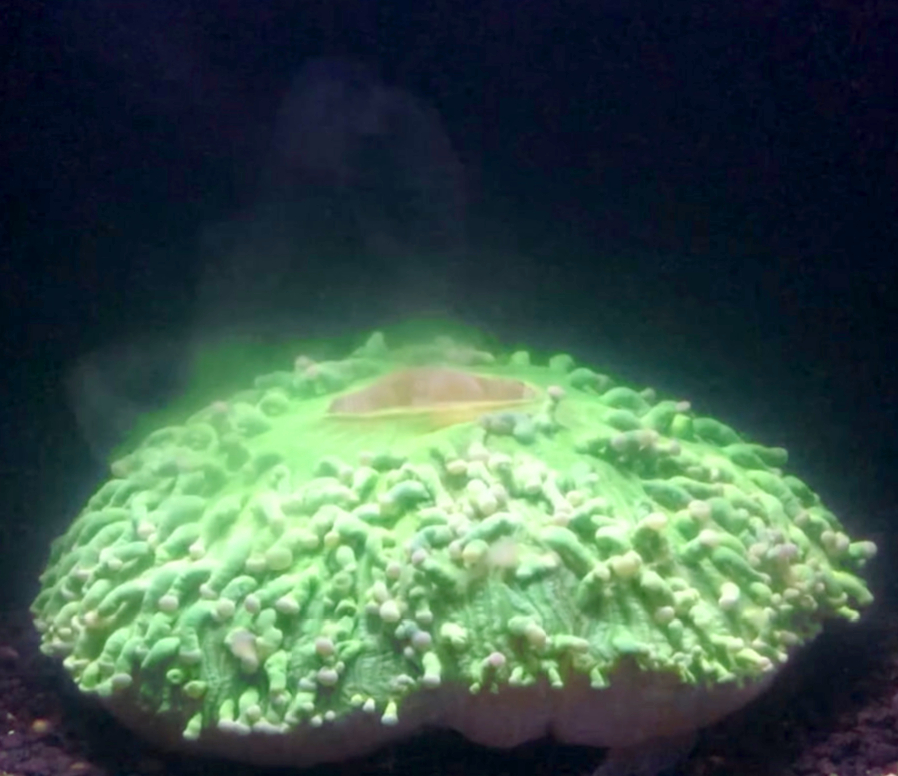Bleaching flow-on studied
 Researchers have discovered a new way that coral bleaching impedes species’ recovery.
Researchers have discovered a new way that coral bleaching impedes species’ recovery.
A study by Australian Institute of Marine Science (AIMS) and James Cook University (JCU) looked at the effect of coral bleaching on the reproduction capabilities of the common coral species Acropora millepora in the Great Barrier Reef.
The study found a 21 per cent decrease in reproductive output in Acropora millepora, despite low mortality rates following the 2020 mass bleaching event.
This decline in egg production within coral polyps is a challenge for coral replenishment and the overall resilience of reef ecosystems.
Experts say the study, conducted in the Woppaburra Sea Country of the Keppel Islands near Yeppoon, shows a significant yet often overlooked consequence of bleaching events.
The discovery comes at a critical time, as the Great Barrier Reef Marine Park faces its fifth mass coral bleaching event since 2016, raising alarm about the future resilience of coral populations.
Aerial and in-water surveys continue to reveal extensive bleaching, correlating with increased sea surface temperatures.
“Coral bleaching isn’t always a death sentence for every coral. Corals can and do recover if stress inducing conditions subside,” says Nico Briggs, a leading researcher from AIMS@JCU.
“But our research shows there is a price to pay for recovery in terms of a coral’s reproductive capacity, which is a critical driver of post-disturbance replenishment on coral reefs.”
Dr Cathie Page, co-author of the study, has noted the resilience of corals in Woppaburra Sea Country, attributing their survival to environmental factors such as tides and currents which mitigate temperature extremes.
However, “their resilience is partly to do with environmental conditions in the region...But as this research shows, they paid a price for their recovery,” she said.
The findings suggest an urgent need for a multifaceted approach to coral reef conservation, incorporating reductions in global greenhouse emissions, local management practices, and the development of innovative interventions to enhance coral resilience.
The research, published in the journal Coral Reefs, is part of the Woppaburra Coral Project under the Australian Coral Reef Resilience Initiative, a research partnership between AIMS and BHP.







 Print
Print